CNN
—
Artificial intelligence (AI) has become an integral part of our everyday lives, found in everything from social media algorithms to e-commerce and navigation, but not everyone is comfortable with the idea. The key to winning over a skeptical public could be a family of robot “sisters.”
Sophia, Grace and Desdemona are humanoid robots, each programmed with sophisticated AI. The oldest of the three, Sophia, was first activated in 2016 and gained widespread attention, mostly for her looks. Whereas most artificial intelligence operates discretely out of sight, powering things like software and smartphones, Sophia is designed to look like a young woman and gained celebrity status as the face of AI.
In 2017, Sophia was named the United Nations Development Programme’s first Innovation Champion — the first non-human to be given a UN title. In the same year she was granted citizenship by Saudi Arabia.

Since then, she’s been joined by two siblings, all three robots designed by David Hanson, founder of Hanson Robotics. However, their AI “brains” were engineered by Ben Goertzel, former chief scientist at the company, and now CEO of blockchain-based AI company SingularityNET.
“AI mostly exists behind the scenes, in the form of algorithms doing various sorts of pattern recognition and cognition that are hard for people to understand,” Goertzel tells CNN. “The purpose of these robots was to be an interface with the AI world and the human world.”
“The face is one of the primary ways humans express emotions and connect with each other,” he adds. “If you have an AI that you can look in the eye and it smiles at you, that gives us a subjective feeling of connection.”
This sense of connection could make these humanoid robots extremely useful in some contexts. Goertzel and his team have been trialling Grace to support elderly people in the early stages of degenerative brain diseases, such as dementia.
Goertzel says that through these pilots they have seen a “profound and uplifting effect on some very lonely people.” Dementia can cause problems with short-term memory, and he believes robots could be well suited to responding to sufferers’ repetitive requests.
“If you’re dealing with someone who is in the middle stages of dementia, they’re just asking the same thing over and over again,” says Goertzel. “It’s the same thing day after day. The robot will never get bored with it.”
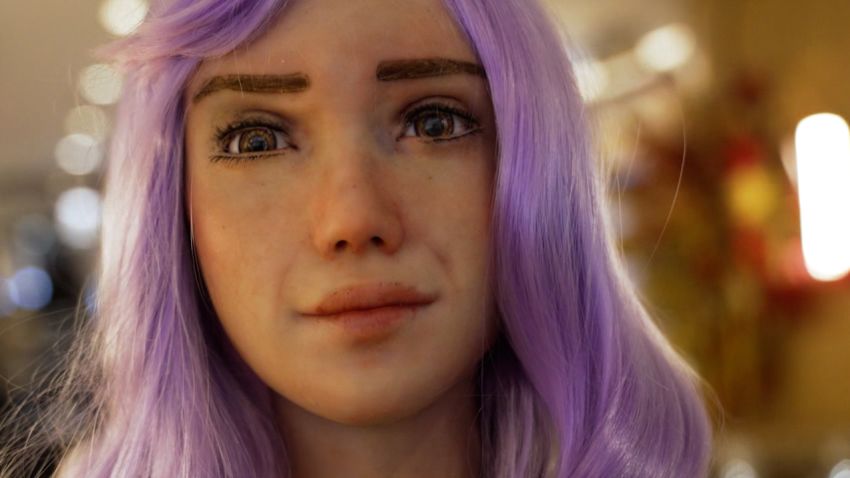
Are we already living in a robot future?
01:58
– Source:
CNN
Sophia’s other sister, Desdemona, demonstrates a very different application for this kind of technology. She is a member of Goertzel’s experimental band, Jam Galaxy. Goertzel plays the keyboard, whilst the robot improvises spoken word poetry in response to musical and cultural references that Goertzel feeds into her programming.
Goertzel posits that the robots could also be used for education and in the service industry too.
Earlier this year, Dubai’s Museum of the Future introduced an artificially intelligent robot guide, Ameca, to its “Tomorrow Today” exhibition.
The robot, built by UK-based robotics company Engineered Arts, can answer simple visitor questions about the museum. Its facial expressions and physical responses are almost unnervingly realistic.
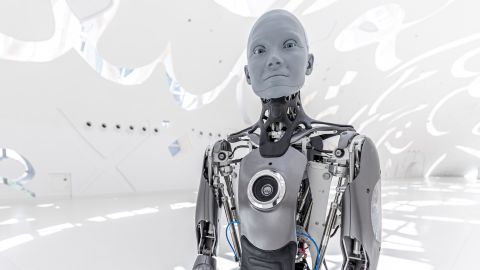
“This kind of technology has developed in ways that nobody could imagine,” says Majed Al Mansoori, deputy executive director of the museum.
“The goal of Ameca is to advocate, to showcase the technology … We’ve had people try to ask it really tough questions – visitors are trying to show how humans are more intelligent than the AI.”
Al Mansoori believes AI-powered robots could find uses in the tourism and air travel industries, “and particularly as guides in places which require wayfinding, for instance hospitals, universities, shopping malls.”
As AI has come to subtly permeate our daily lives, research has shown that many people are anxious about its implications on privacy, job losses and human connections.
Researchers argue that AI-driven algorithms that are used to provide recommendations on social media can create an “echo chamber” that re-enforces people’s opinions and polarizes society. With the technology being used to create sophisticated deepfake videos, others have warned about the potential for malicious disinformation.
Giving people the opportunity to interact with relatable robots could help humanize AI, and go some way to improving its image.
“With the humanoid robots we are seeing being developed now, the voice, the expressions and smiles and gestures, all of that is designed to make you feel more comfortable interacting with the technology,” says Al Mansoori.
“There is a growing need for human connection as technology progresses. This is one of the reasons that people respond so well to humanoid robots.”
Note:- (Not all news on the site expresses the point of view of the site, but we transmit this news automatically and translate it through programmatic technology on the site and not from a human editor. The content is auto-generated from a syndicated feed.))
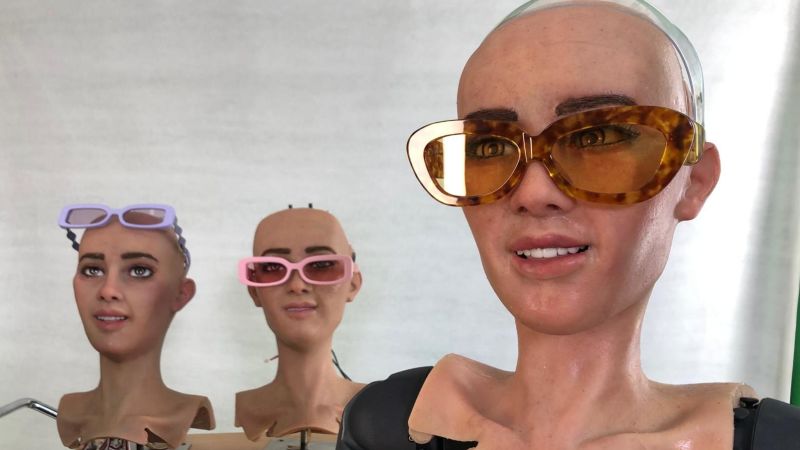
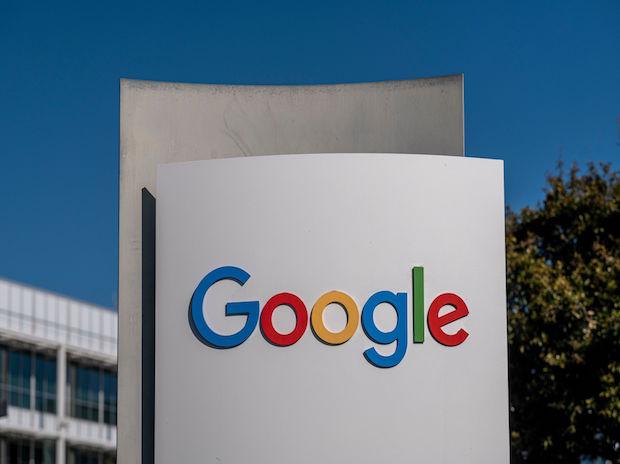

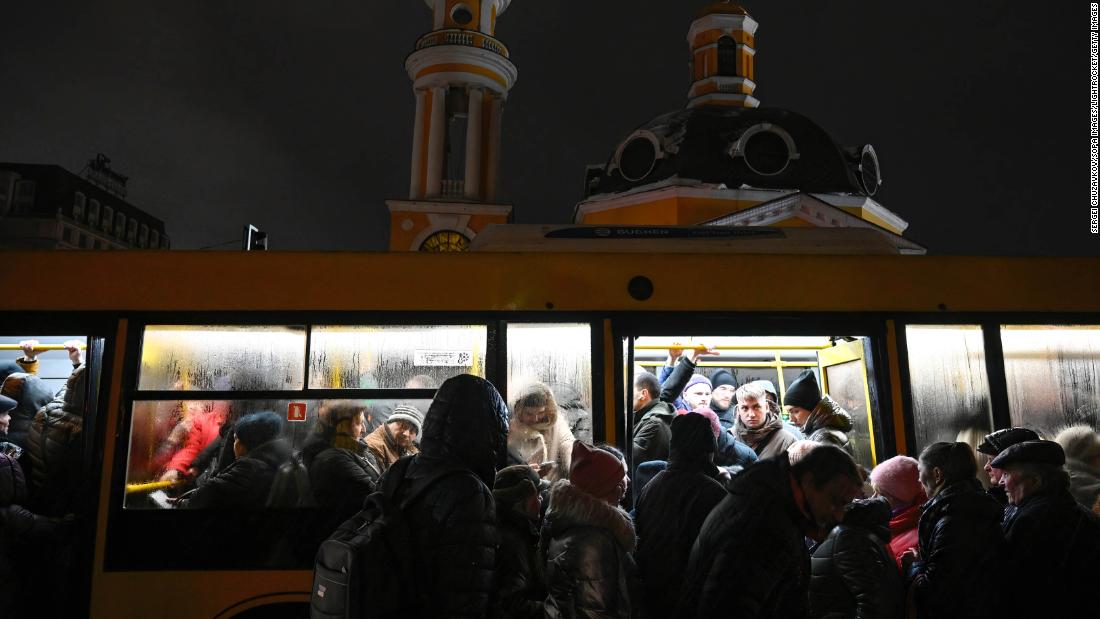
Thanks for sharing. I read many of your blog posts, cool, your blog is very good.
Your article helped me a lot, is there any more related content? Thanks! https://www.binance.com/ur/register?ref=B4EPR6J0